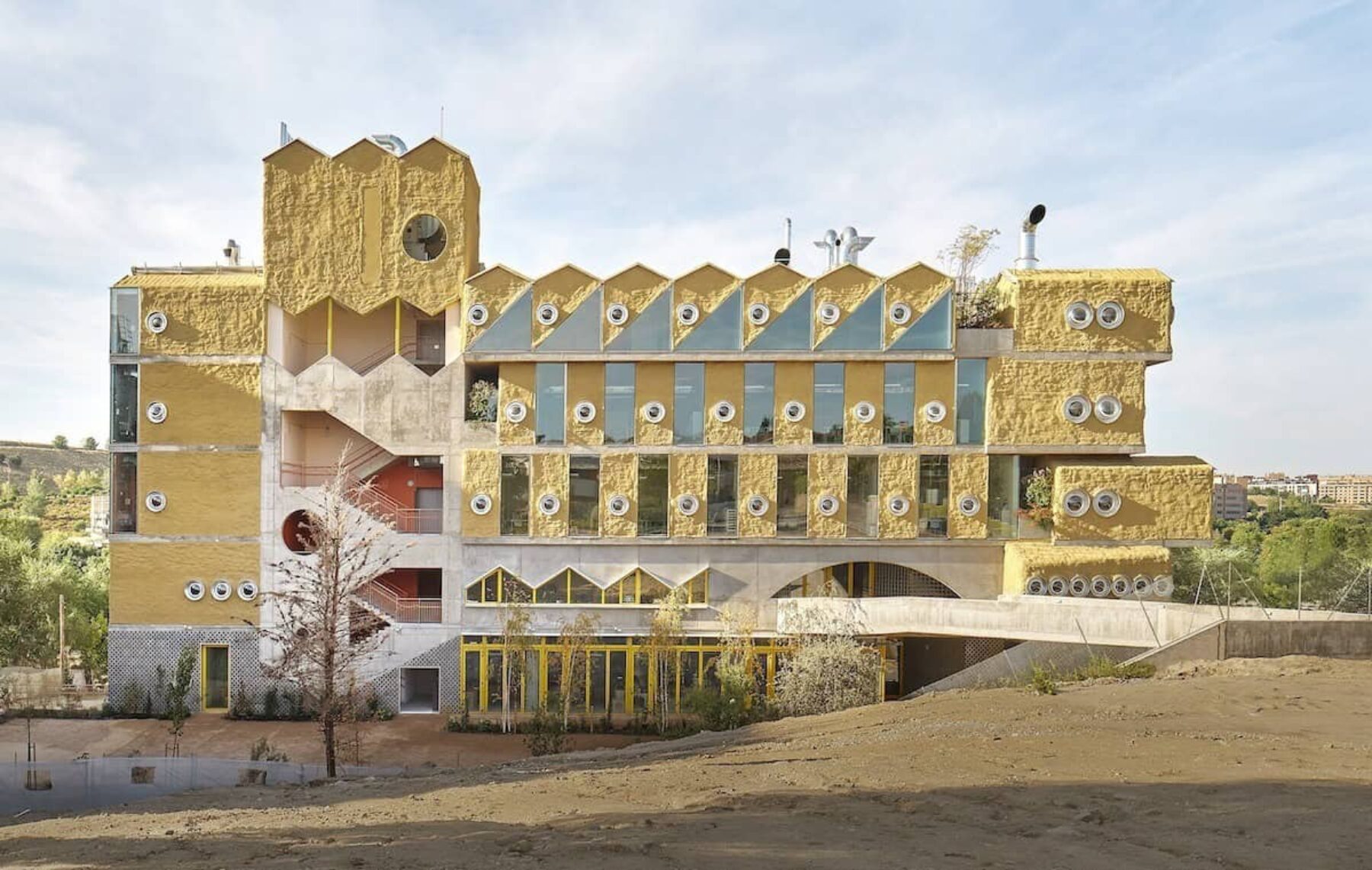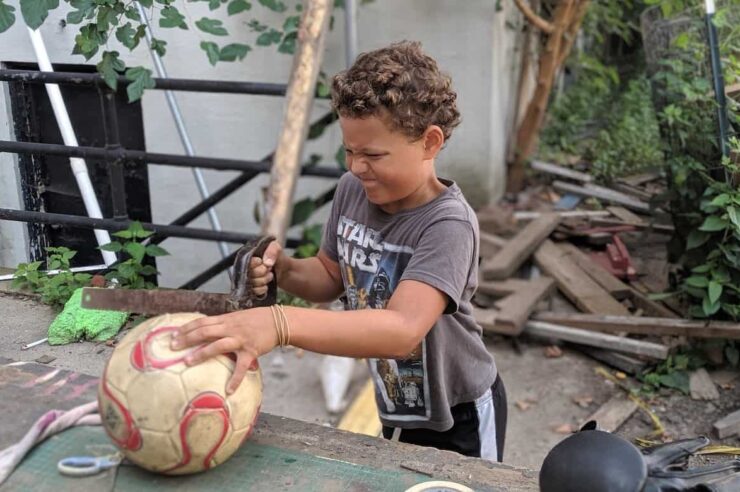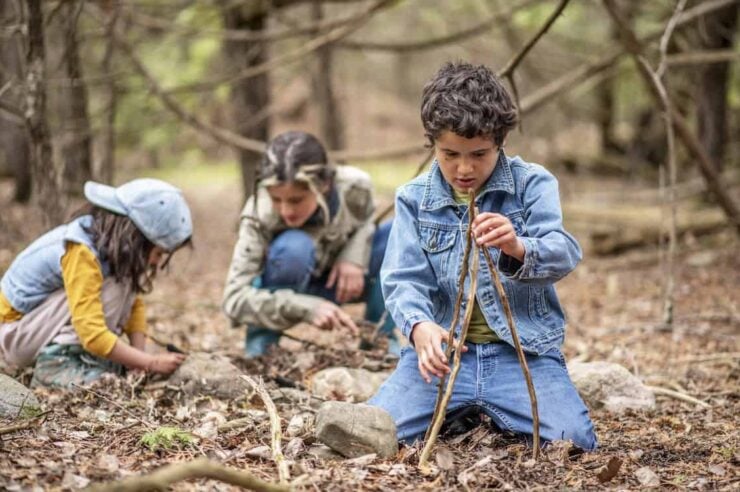What happens when you let children design their school? For clues look to Madrid, where this fantastical, pupil-led property recently sprung up
Classrooms arranged around an indoor rainforest. Porthole windows which look like googly eyes peering out from lumpy, butter-coloured walls. Zigzagging roofs and soaring archways.
If this mind-bending vision sounds like something that might have been dreamt up by school pupils, that’s because it was – and now those dreams have become reality in the eccentric, off-kilter shape of Madrid’s Reggio school (main picture).
Designed by Spanish architect Andrés Jaque, the Reggio’s radical construction not only brings nature indoors, but also encourages plant and animal life to colonise its ‘living’ exterior walls.
Clad in an insulating mixture of mashed cork, it offers an ideal habitat, not unlike the surface of a tree, for fungi, insects and microbial life.
Classrooms look out onto gardens – some inaccessible to humans – created by ecologists to attract birds, butterflies, bats and bees. Inside, a courtyard hosts the miniature temperate rainforest which rises two storeys to the glass canopy above. Labs and workshops are arranged around its edges.
The school’s design is a living embodiment of the radical Reggio-Emilia method, an educational philosophy developed in postwar Italy. It sees children not as empty vessels to be filled with education, but active participants in defining their own curriculum.
Architectural environments can arouse in children a desire for exploration and inquiry
Experience – touching, listening and first-hand discovery – lie at the heart of the learning process. Connection with the outdoors is key and the physical environment is imagined as the ‘third teacher’, with spaces configured to encourage open-ended exploration.
Jaque, who has built a reputation for quirky and mischievous projects through his architecture studio the Office for Political Innovation, spent two years quizzing students and teachers to come up with his design. Ultimately he said he based it on the idea that “architectural environments can arouse in children a desire for exploration and inquiry.”
Help us break the bad news bias
Positive News is helping more people than ever to get a balanced and uplifting view of the world. While doom and gloom dominates other news outlets, our solutions journalism exists to support your wellbeing and empower you to make a difference towards a better future. And as Positive News’ audience and impact grows, we’re showing the rest of the media that good news matters.
But our reporting has a cost and, as an independent, not-for-profit media organisation, we rely on the financial backing of our readers. If you value what we do and can afford to, please consider making a one-off or regular contribution as a Positive News supporter. From as little as £1 per month, you’ll be directly funding the production and sharing of our stories – helping them to benefit many more people.
Join our community today, and together, we’ll change the news for good.





